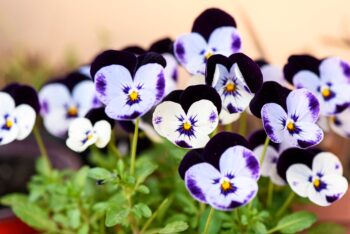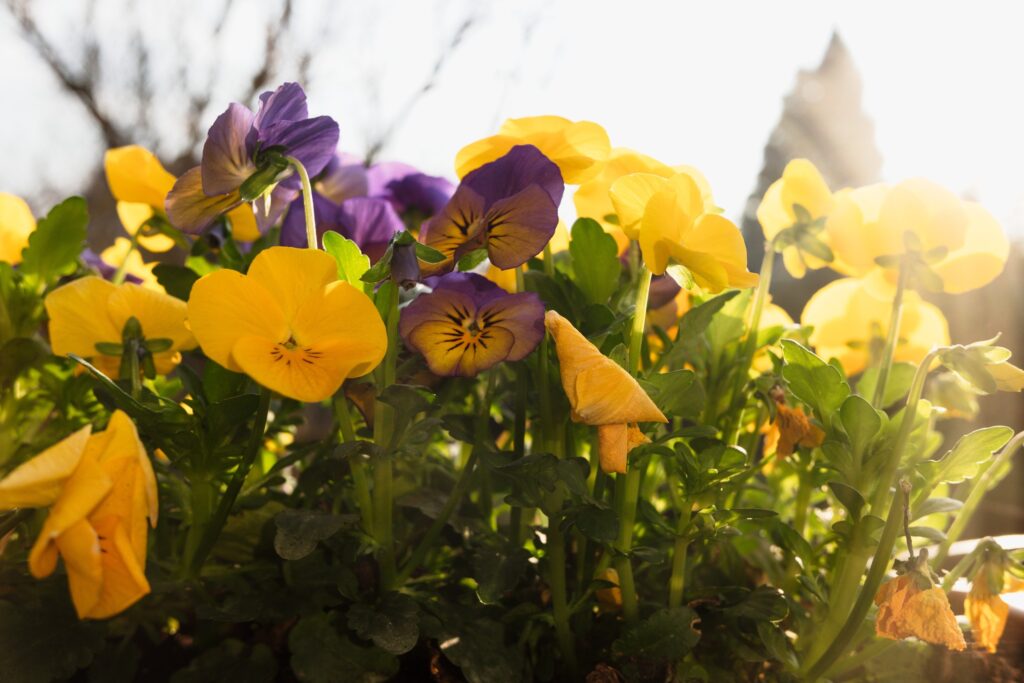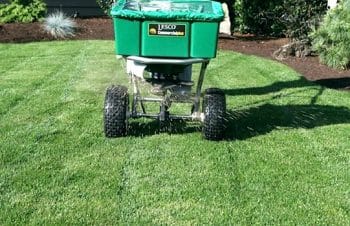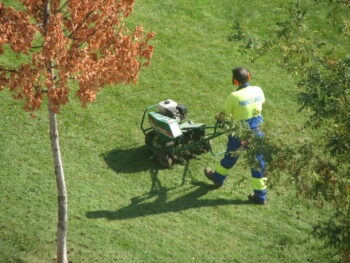Pansies, with their vibrant and delicate blooms, bring cheer and color to gardens and landscapes. However, as the seasons change and temperatures drop, gardeners often wonder if these beautiful flowers can withstand frost.
In this article, we will explore whether pansies can survive frost and offer guidance on how to protect them during colder periods.
Understanding Frost Tolerance
Pansies, known for their cold hardiness, are more tolerant of low temperatures compared to many other flowering plants. These resilient flowers will withstand light frosts.
Which typically occur when temperatures dip to just below freezing (around 32°F or 0°C). However, it’s essential to note that prolonged exposure to severe frost will damage or even kill pansies.
Preparing Pansies for Frost

To give your pansies the best chance of surviving a frosty spell, here are some practical steps you can take:
Choose the right planting time: When selecting pansies for your garden, consider the expected frost dates in your region. Planting pansies in the fall, well before the first hard frost, allows them to establish stronger root systems, increasing their chances of survival.
Provide proper nutrition: Healthy plants are more resilient to frost. Ensure your pansies receive sufficient nutrients by using a balanced fertilizer according to package instructions. This will promote root growth and overall plant strength.
Ensure adequate soil moisture: Pansies benefit from moist soil, especially leading up to frosty weather. Water them deeply a day or two before an anticipated frost to ensure the soil retains moisture, providing some insulation to the plants’ roots.
Cover pansies during frost: On colder nights when frost is expected, protect your pansies by covering them. Use lightweight frost blankets, old bedsheets, or even newspaper to shield the plants. Leave the coverings on until the next morning when the risk of frost has passed.
Interested in the history of pansies? Learn more about pansies here.
Signs of Frost Damage
Read these tips for taking care of potted plants this winter.
Despite your best efforts, some pansies may still sustain frost damage. Here are some signs to watch for:
Blackened leaves and flowers: Frost-damaged pansies may develop blackened or wilted leaves and flowers. These damaged parts should be removed to promote new growth and prevent the spread of disease.
Stunted growth: Frost can slow down the growth of pansies. If you notice your plants are not progressing as expected or exhibiting signs of stress, it may be a result of frost damage.
Root rot: Prolonged exposure to freezing temperatures can lead to root rot in pansies. If you observe mushy, discolored roots, it’s a sign that your pansies have suffered severe frost damage.
Do your flower bed a favor and hire us for a flower bed cleanup service this spring or fall.

Extending the Lifespan of Pansies
Cooler weather temperatures mean it’s time to plant pansies. While pansies will survive light frosts, they are typically treated as cool-season annuals.
As the winter months progress and the temperature drops further, their growth will slow, and they may stop blooming.
One way to ensure your pansies have a long life is to properly provide them with water and fertilizer. Regularly prune your pansies to foster new growth. Additionally, cover ground around pansies with a layer of mulch.
Conclusion

Pansies have a remarkable ability to withstand light frosts, adding vibrant beauty to landscapes during cooler seasons.
By understanding their cold tolerance and implementing protective measures, you will enjoy the charm of pansies for an extended period.
Remember to monitor your pansies for any signs of frost damage and take appropriate action to ensure their continued health and beauty. Contact us anytime for any help you need with landscaping design or installation.





